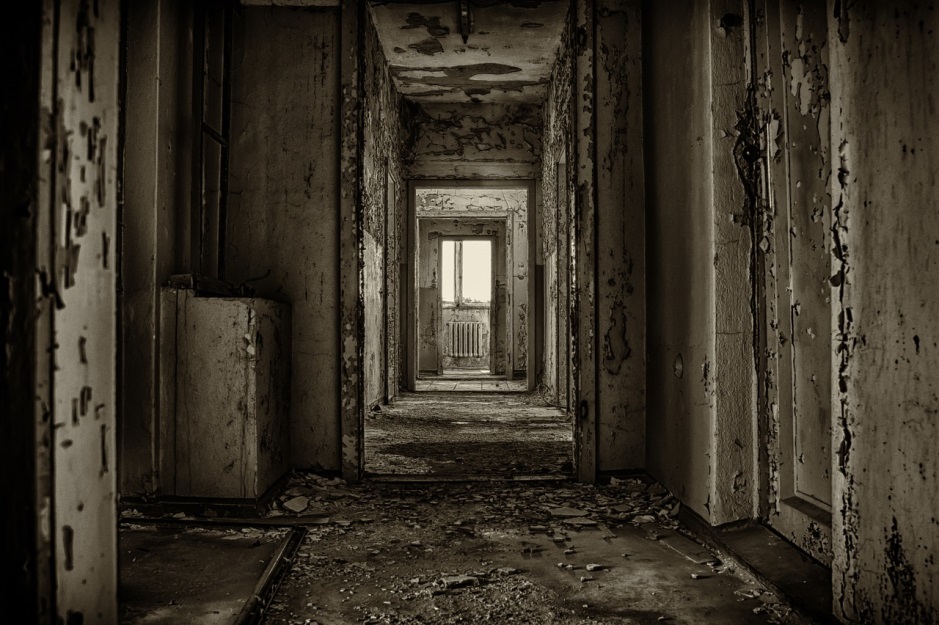
Just imagine:
It’s Sunday morning. The sun is shining and the birds are chirping outside. You crawl out of your bed and do a nice stretch. Maybe jog in place for a good two minutes – just to break a nice sweat. You feel good and you just know, today is going to be your day. You’re finally going to enjoy that walk in the park. You’re going to eat that Strawberry Crème Crepe you’re so adamant about eating, maybe even throw a hotdog in or two. Today is going to be that day – that one day you’re going to unwind and break free from all of life’s stresses. Just as you’re about to take a nice hot bath to perk up your tiny little cells, something greets you by the bathroom door. Your seemingly perfect day starts to fade into the background. The birds, the park, even that darn crepe you’re so excited about suddenly looks pitch black. All happy emotions replaced by horror. There’s mold. There’s black, icky, disgusting fungus growing in the crevices of your bathroom door and walls.
What a sight. What a dreadful and repulsive sight.
Okay, okay. That’s about enough unsightliness for today. You don’t need to be reminded that such horrors exist in this world – at least not for more than two minutes. But really, the reality of having mold growing inside your house is alarming. Not only mold, but other damages caused by water and moist as well. As much as we can’t live without water, having water around all the time may increase the chances of mustiness inside the house. Here’s why:
What Is Mold?
You may think that it is no big deal; it’s just a clump of dirt, isn’t it? Well, it really isn’t. It is a clump of bacteria, not dirt. This means that it’s alive. And like any other living thing on top of this planet, it will procreate – proliferate, might even be a better term.
Mold doesn’t need a lot to survive. It needs air, water, and nourishment that it can get just about anywhere. The thing that facilitates its growth, most especially, is water – lots and lots of water. The moister the environment is, the happier they are (read more). It’s the perfect environment for them to reproduce and before you know it, your house is a mess. It becomes not a house with mold but a mold that looks like a house.
Nah, I’m just exaggerating a bit.
Nonetheless, mold being a pretty pesky problem remains a fact. You can go around your neighbourhood and ask who’s having problems with them and I bet every neighbour of yours would share their own sad story about having blight in the house. It’s a stressful reality most households have to battle with each and every day.
Where Can Mold & Other Water Damages Be Found?
Remember that we’re not just talking about mold here but water damages in general. Water may be crucial to life but it can be devastating indoors, especially clogged or stagnant water. And although the presence of water may be controllable in most parts of the house, some parts just can’t make do without a little moisture. Here are some parts of the house that are highly prone to fungus:
Bathroom – If we’re talking about “wet areas,” bathrooms easily win the day! Well, “bathroom and toilet” if you have them separately in your place. In Chinese Feng Shui, the bathroom is even said to be the unluckiest part of the house because it is where we wash away all the negativity (aka dirt) from our bodies. This is also one of our moldy friends’ favorite place to hang out – and well, multiply.
Kitchen – Next, we have the kitchen. Ironically, what is supposed to be the “cleanest part of the house” attracts a lot of unwanted guests – mostly because of the often-moist counters and stovetops. Aside from water, food residues and grease present in the kitchen also invites the presence of nasty mold. You might even observe this in your own kitchen. Most of it will usually grow near the kitchen sink.
Laundry Room – Well, what can we say? You need water to wash your clothes. And even with a washing machine, water can splatter around everywhere, giving fungus more chances to grow and reproduce.
The Moldy Solution
Proper clean-up is one of the best (if not the best) preventative measures you can take to fight off mold. Making sure that you don’t leave anything damp after use is the key to keeping their growth to a minimum. Checking out a website’s homepage about mold prevention can serve as useful reference.
If all else fails, the last and most effective course of action to take is mold abatement. This refers to eradicating mold from its roots – for good. Only experts know how to do this, though. So if you don’t want things to end up the wrong way, it’s best to seek professional help.
To read more on topics like this, check out the house category.
Leave a Reply